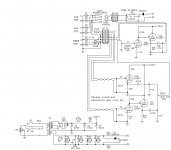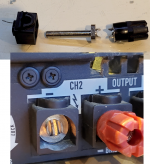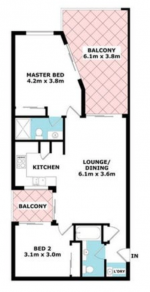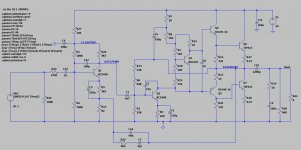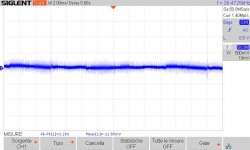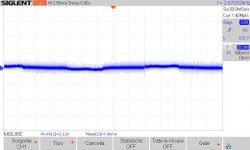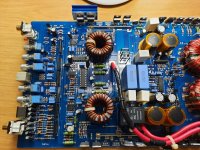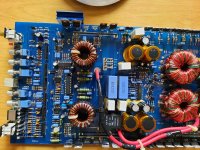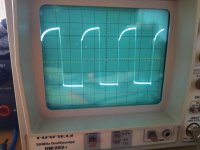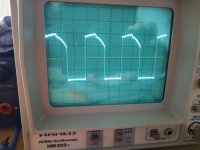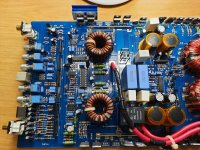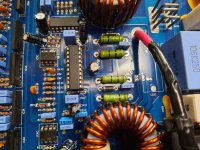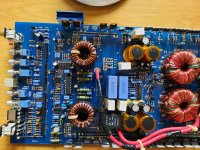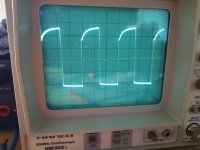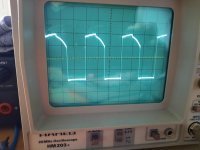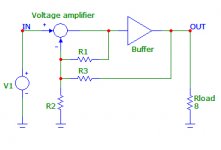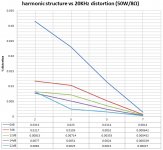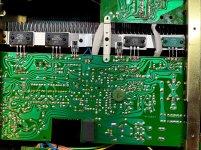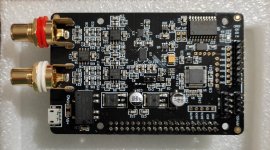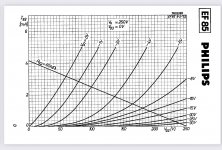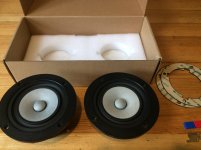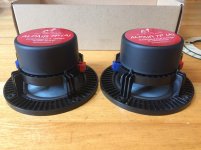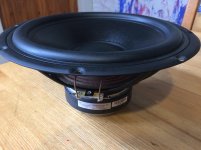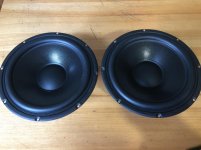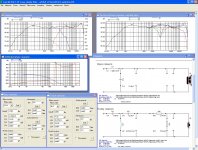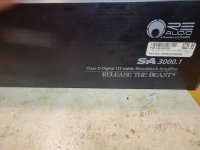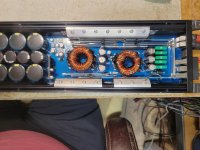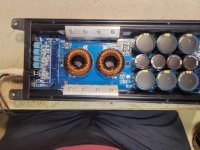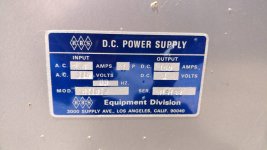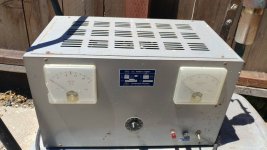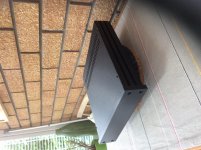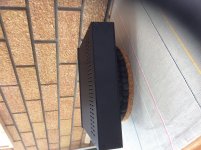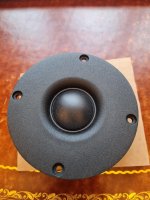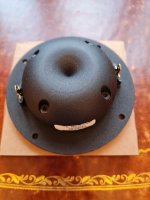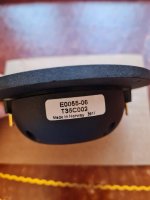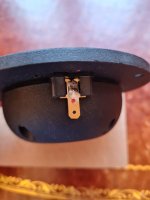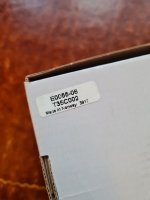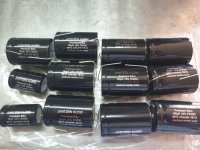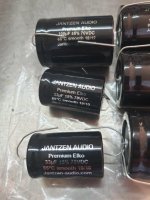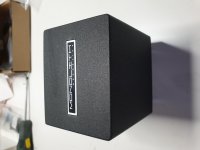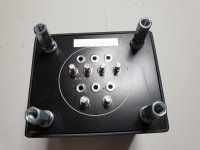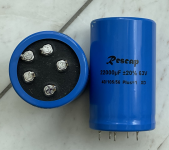Tube Ambiance Processor Project
- By Gusser
- Analog Line Level
- 1 Replies
I thought I would post this project of mine. This is a tube ambiance processor. It is the same principle as the famous Hafler box of the 1970s but implemented at line level using tubes.
It was built from junk box parts. The only draw back is low gain - the unit is very lossy on it's output but you can probably fix that by changing V2 to a 12AX7 and also it's resistor values. I just made up the gain in the mono amp following this unit.
A relay was used as the null bypass switch to keep the program audio paths short and restricted to the rear panel.
I like the effect. I have four dipole surround speakers that serve double duty with the TV AV receiver. I just series/parallel them for 8ohms when on the tube amp. I use a DIY 6BQ5 PP amp that puts out 10 watts max.
Try it if you like. Also any design comments are appreciated. As for the purists, yes I know, you don't want tone controls or gimmicks like this in you system. But that device can be simply turned down or off if the effect is not to your liking in a particular track. Like any audio enhancement device less is more. The effect is subtle when adjusted properly. You should not be able to pin point the surround speakers sound wise. Otherwise the surround level is too high.
It was built from junk box parts. The only draw back is low gain - the unit is very lossy on it's output but you can probably fix that by changing V2 to a 12AX7 and also it's resistor values. I just made up the gain in the mono amp following this unit.
A relay was used as the null bypass switch to keep the program audio paths short and restricted to the rear panel.
I like the effect. I have four dipole surround speakers that serve double duty with the TV AV receiver. I just series/parallel them for 8ohms when on the tube amp. I use a DIY 6BQ5 PP amp that puts out 10 watts max.
Try it if you like. Also any design comments are appreciated. As for the purists, yes I know, you don't want tone controls or gimmicks like this in you system. But that device can be simply turned down or off if the effect is not to your liking in a particular track. Like any audio enhancement device less is more. The effect is subtle when adjusted properly. You should not be able to pin point the surround speakers sound wise. Otherwise the surround level is too high.
